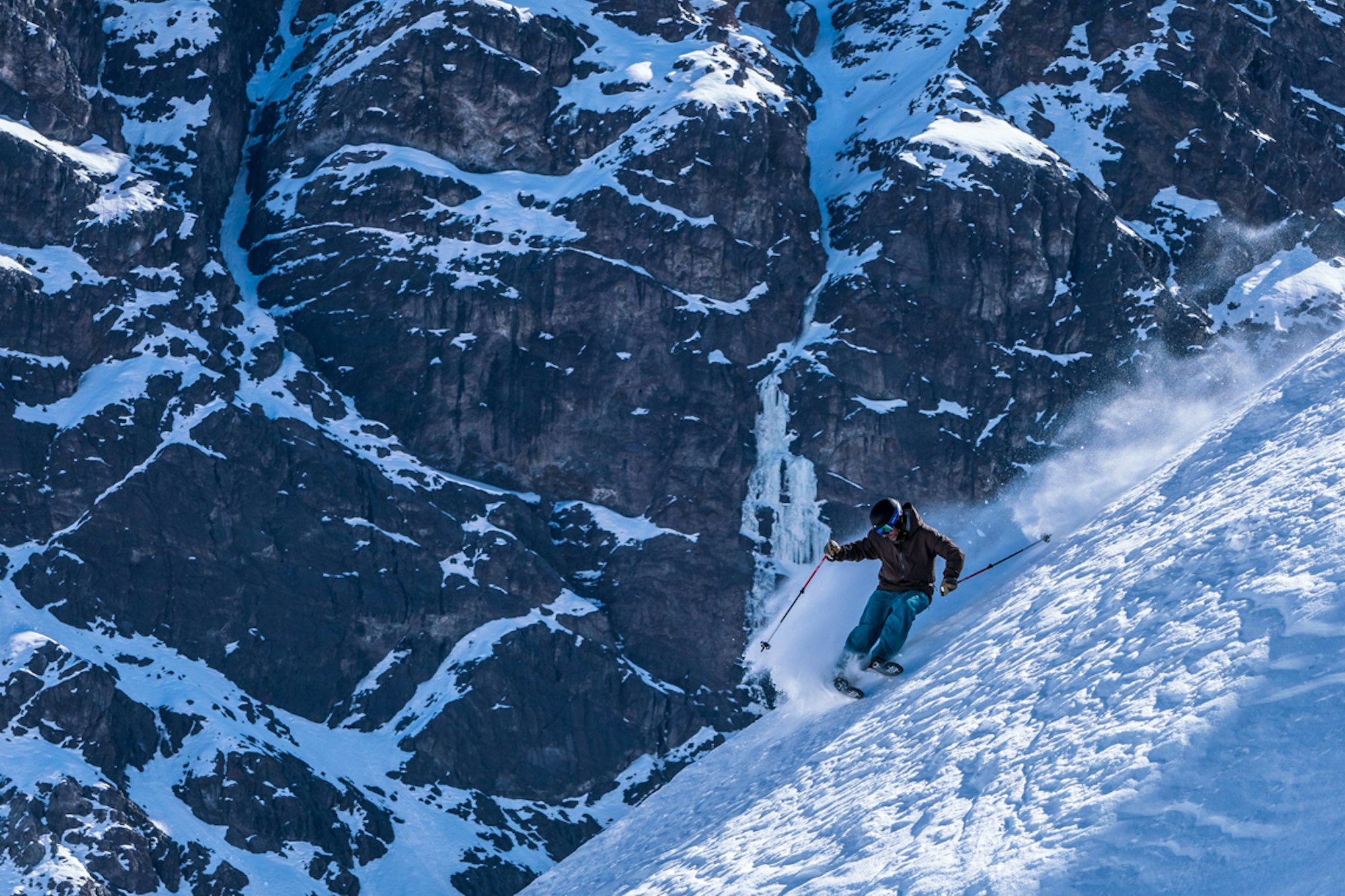Photography by Brent Jacoby
The leaves have slowly begun to change in the mountains, signaling the return to winter. The cold crisp air coupled with the smells of autumn has pavlovian effects on skiers, much like the scent of ski wax. Its aroma is almost sweet with the promise of a deep winter.
Yet, ski wax’s historic makeup, a concoction of perfluorochemicals (PFCs) along with volatile organic compounds, unfortunately has been to the detriment of the environment and the people applying it to skis. Driven by ski racing—both alpine and nordic—traditional ski wax’s damaging effects on humans and the environment are rooted in its intrinsic chemical properties, health threat to ski technicians and response once unleashed into the Earth’s various ecosystems.
This led DPS to develop Phantom, the ski brand’s proprietary permanent waxless glide base treatment. President and founder of DPS, Stephan Drake is known for tinkering with acceptable norms and just as he did with rocker and spoon (convex base designs) in skis, he asked the question, “is traditional wax here to stay? The origin of that thought process was pretty funny too, receiving a phone call from his mom after seeing a commercial for Heinz Ketchup—apparently they have some non-toxic chemical lining in the bottle that helps the product slide out faster.
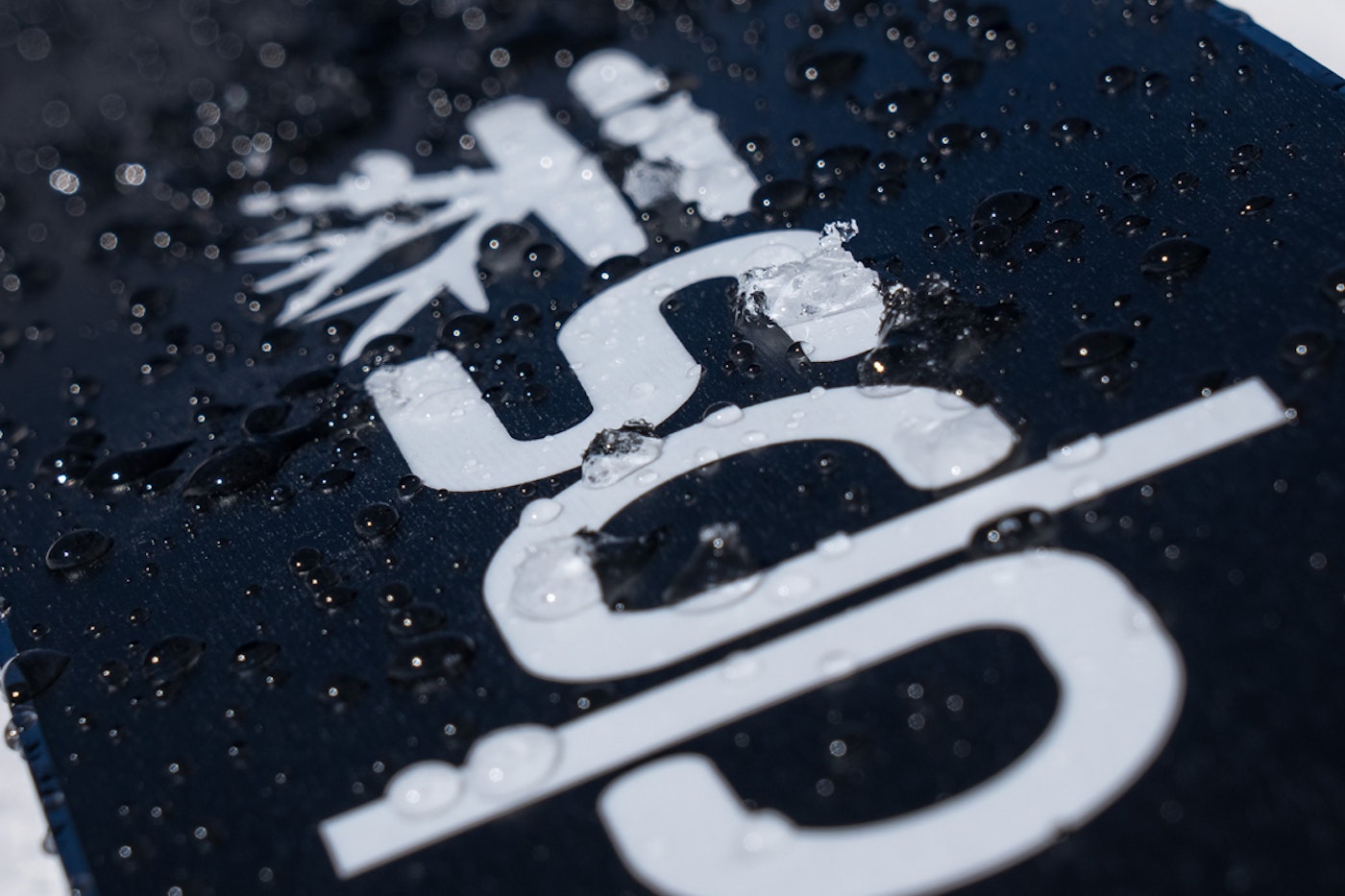
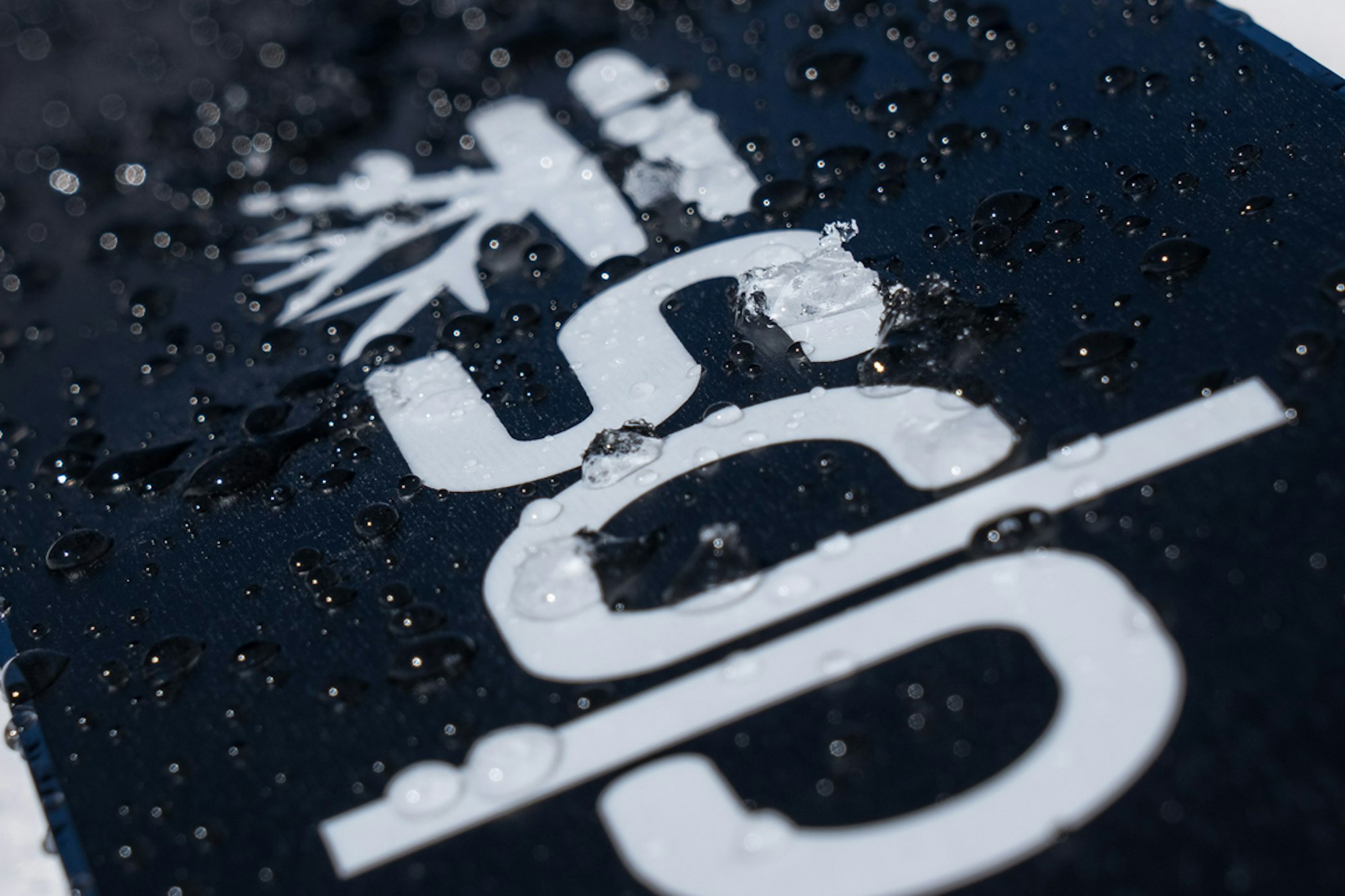
Following this, Drake sought out expertise in the University of Utah’s Chemistry Department. Between Drake, Jeff Bates, a Ph.D. in Materials Science & Engineering and Kelan Alberston, lead engineer and consultant, along with others from the DPS team, they worked over several seasons in both North and South America to develop Phantom, which launched last fall. There have been several scientific studies regarding ski wax, none of them convincing that it’s a healthy product given its level of PFCs—it’s even labeled an immune hazard to humans by the National Toxicology Program. In fact, some studies out of Scandinavia examined ski-wax technicians and validated the accumulation of the chemicals via their blood samples. Furthermore, the production of these waxes dumps PFCs into the ecosystem and sheds off our skis quickly—making us have to wax again and again, creating a vicious cycle.
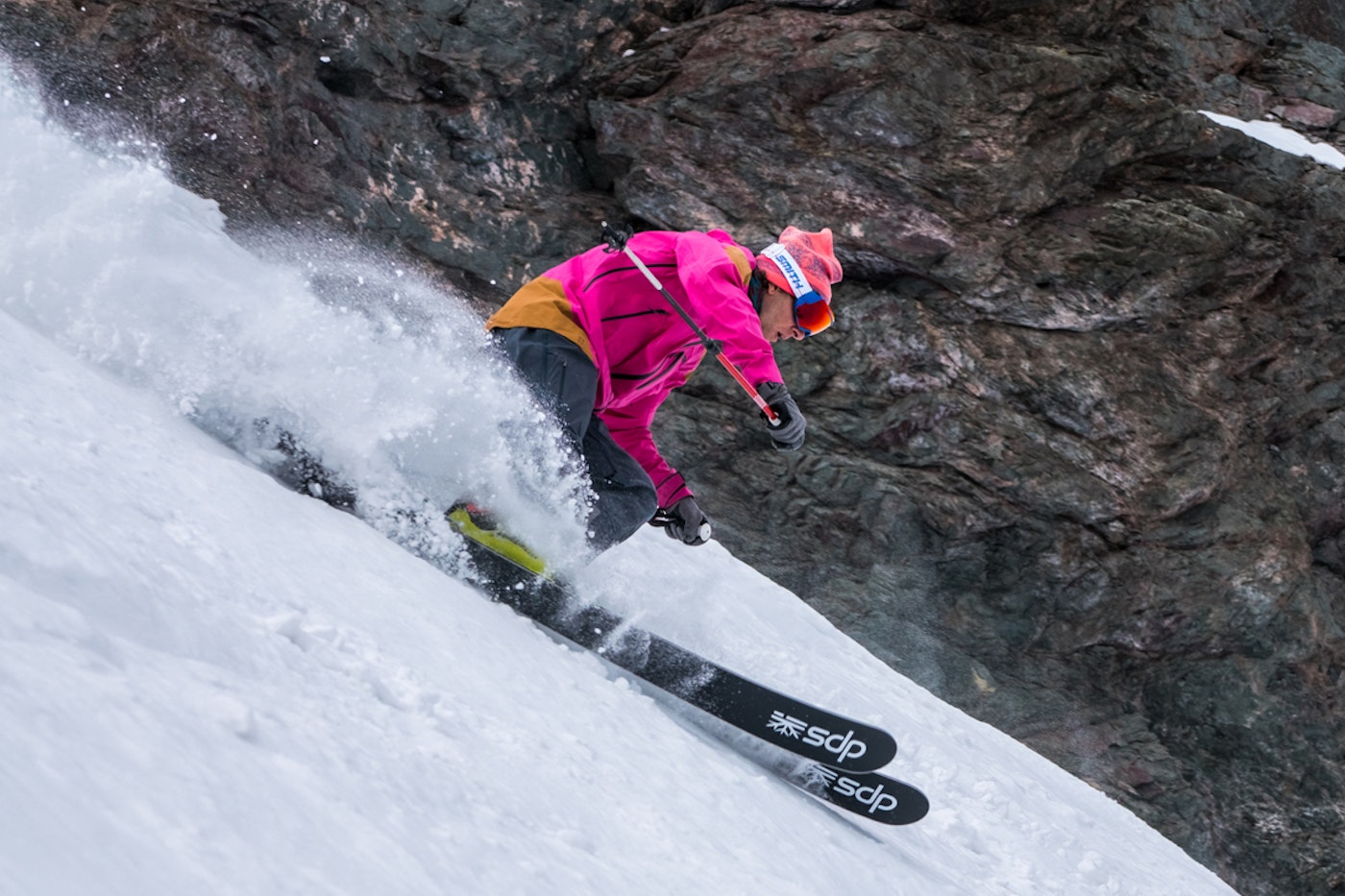
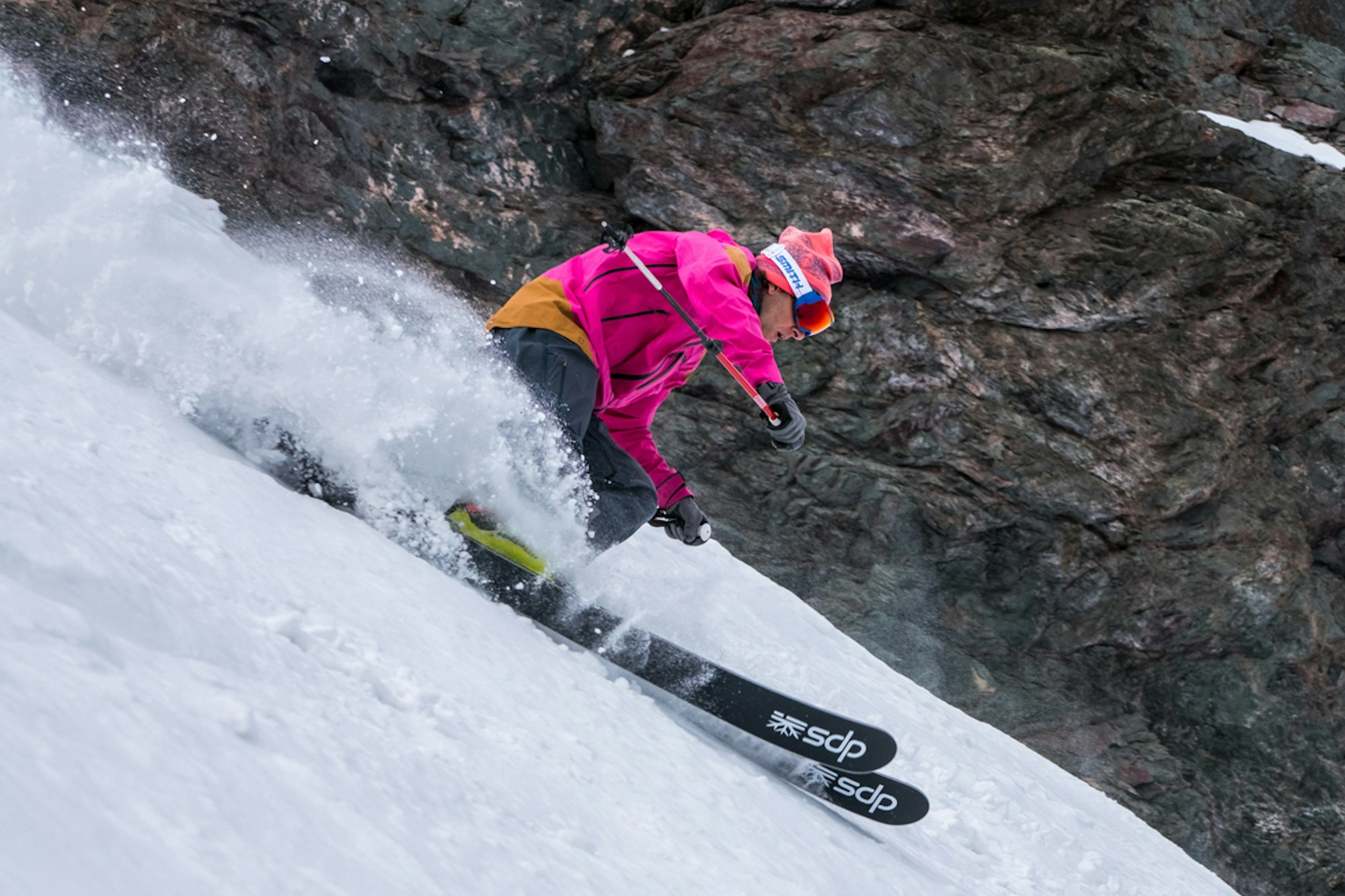
The author encountered cold snow, groomers, corn cycles, and even some dirty warm mank while in Portillo.
With the launch of Phantom last year, DPS began producing and selling the glide treatment. However it wasn’t until this summer that I finally got a hold of some to test while visiting Portillo, Chile. What differentiates it from traditional ski wax is that Phantom enters the ski base in a liquid phase, avoiding the toxic fumes from a hot wax iron. Once it has been absorbed into the ski base, a UV light (natural via the sun or with a lamp) activates a chemical in the mixture resulting in polymerization of the compound… Translation: Phantom becomes part of the ski’s base material—staying on even after a base grind tune, is chemically stable and non-reactive in the environment.
Throughout the week, my skis—which were treated with the new Phantom 2.0—encountered cold snow, groomers, corn cycles and even some dirty, warm mank. The glide was smooth and consistently fast. I did get them to hang up once, following a hike to ski a chute two lanes past the Super C. My skis were hot and in the sun during the climb while on my pack, and when I slapped them onto the cold shaded snow they weren’t as quick. For those who travel a lot in the backcountry, we are often plagued with this buildup of snow and ice on our skis. However, after I slid through my first turn, the friction brought the glide right back to normal, which I thought was pretty cool and it helped me avoid having to stop and scrape.
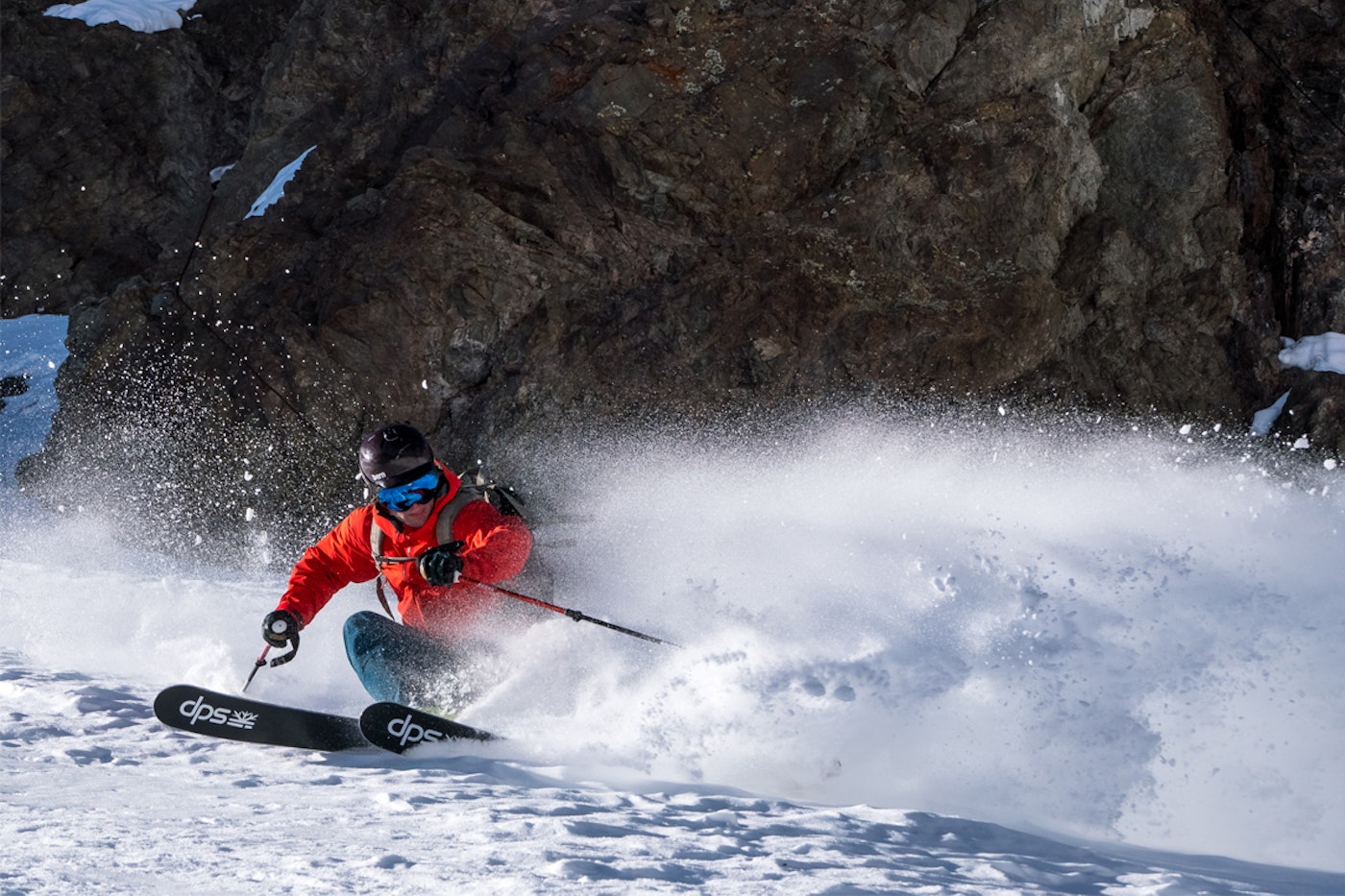
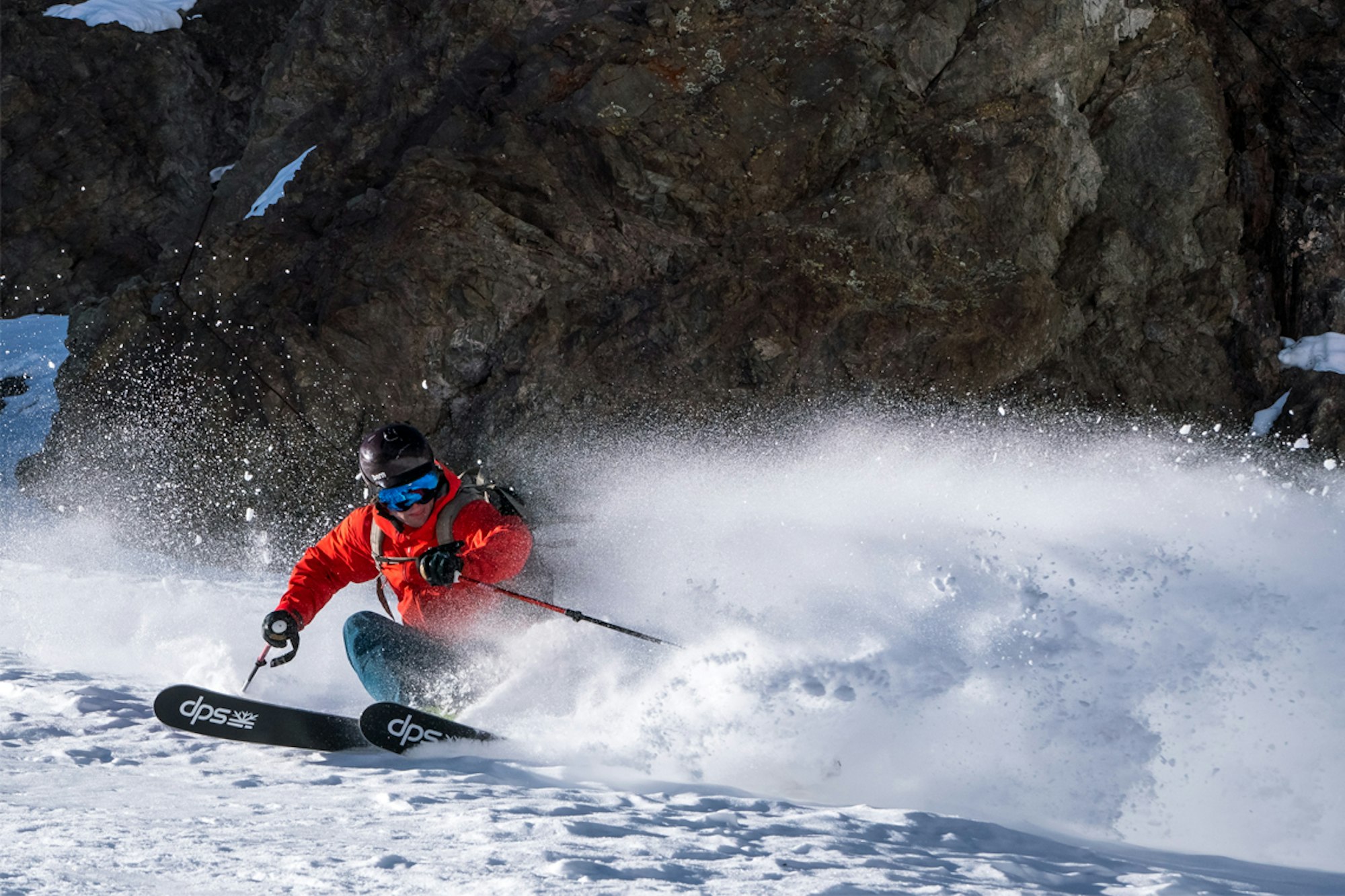
While Phantom 2.0 contains a few minor tweaks from the original formula, what is notable is that it cures much faster—one hour over the previous three. And while you can treat your skis at home, DPS is implementing Phantom Cure Stations at select retailers scattered throughout ski towns. So while the smell of wax lends us to think of skiing, it may be time to shift that thought process as Phantom is healthier for us and the environment.

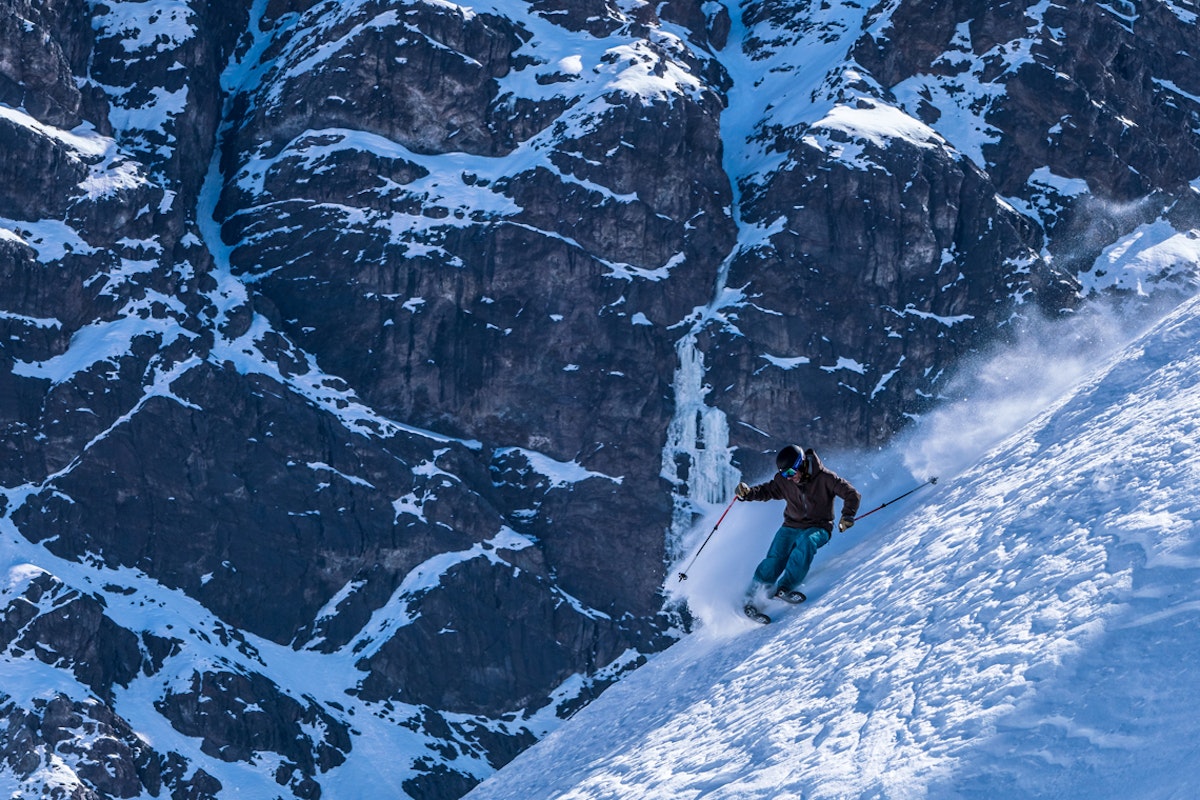

![[GIVEAWAY] Win a Head-to-Toe Ski Setup from IFSA](https://www.datocms-assets.com/163516/1765920344-ifsa.jpg?w=200&h=200&fit=crop)


![[GIVEAWAY] Win a Legendary Ski Trip with Icelantic's Road to the Rocks](https://www.datocms-assets.com/163516/1765233064-r2r26_freeskier_leaderboard1.jpg?auto=format&w=400&h=300&fit=crop&crop=faces,entropy)




![[GIVEAWAY] Win a Head-to-Toe Ski Setup from IFSA](https://www.datocms-assets.com/163516/1765920344-ifsa.jpg?auto=format&w=400&h=300&fit=crop&crop=faces,entropy)


